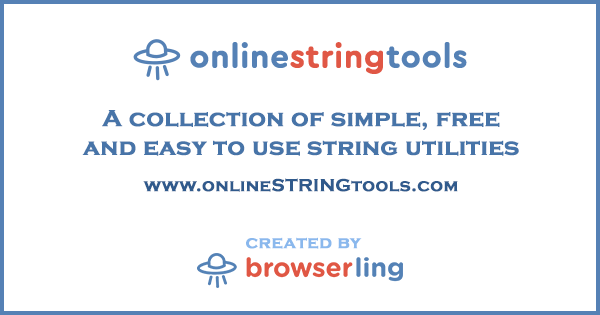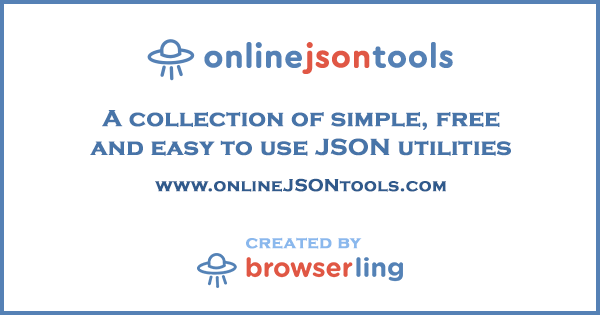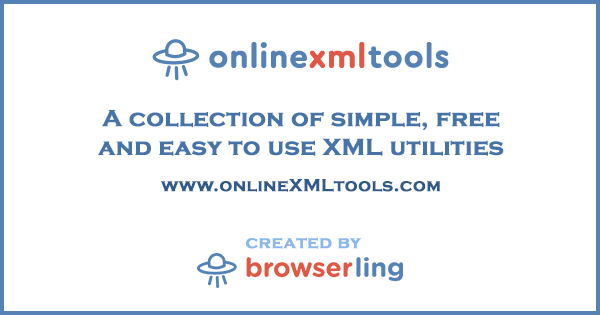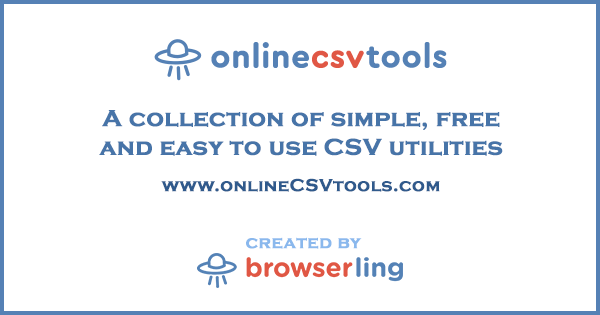Here’s something that all you, my fellow C# developers, will find useful. Yesterday a company called Browserling announced that they’re launching a network of online developer tools.
If you haven’t heard about Browserling then you should check them out. They’re a friendly and fun cross-browser testing service and they’ve created and open-sourced over a hundred projects, including browserify for node.js.
Online developer tools network is a collection of websites where each website focuses on a single category of developer tools. Right now there are four websites in the network and they’re releasing 30 more websites over the next couple of years.
- Online String Tools – A collection of online string utilities
- Online JSON Tools – A collection of online JSON utilities
- Online XML Tools – A collection of online XML utilities
- Online CSV Tools – A collection of online CSV utilities
All websites in the network are ad-free. The reason why Browserling built this network is because their developers got fed up with other online services that offer similar tools. They were often filled with ads, popunders, blinking buttons and other crap. Browserling’s developers had had enough of this and they decided to create their own utilities that just work in your browser and do the right thing.
Let’s take a look at each site in more details.
Online String Tools

String Tools for Developers
Online String Tools has hundreds of tiny string utilities for converting strings, generating strings, encoding/decoding strings, filtering and replacing strings and more. All string utilities work right in your browser. There is no server-side processing going on and everything is super fast.
Online JSON Tools

JSON Tools for Developers
Online JSON Tools has two dozen utilities for working with JSON config files and JSON documents. Just like string tools, JSON tools work in your browser and are powered by modern JavaScript code, which makes them very fast. You can convert JSON to various data formats, encode and decode JSON, and compress, validate and prettify JSON.
Online XML Tools

XML Tools for Developers
Similar to string and JSON tools, this website offers two dozen utilities for working with XML configuration files and XML documents. All tools on this website also work inside your browser and nothing gets sent to the server. You can pretty much do all XML tasks with these tools. For example, you can compress XML, prettify XML and validate XML documents, and you can also convert XML to other data formats, such as YAML, TSV, CSV, JSON and Base64.
Online CSV Tools

CSV Tools for Developers
Online CSV Tools offers over two dozen different utilities for working with CSV data files. All CSV data processing happens in the browser and it’s super fast. You can convert CSV to a bunch of other data formats, like JSON and YAML, then you can work with CSV columns and rows. You can insert rows, swap columns, as well as change CSV delimiter and change quoting of CSV fields.
What’s next?
Browserling loves marathons. They will be adding 30 more websites to their network over the next 5 years. Here are some of the other sites they will be launching:
- Online BROWSER Tools – A collection of browser/web developer tools
- Online YAML Tools – A collection of Yet Another Markup Language tools
- Online TSV Tools – A collection of Tab Separated Values tools
- Online IMAGE Tools – A collection of image editing tools
- Online AUDIO Tools – A collection of audio editing tools
- Online PDF Tools – A collection of PDF editing tools
- Online CRYPTO Tools – A collection of cryptography tools
- Online RANDOM Tools – A collection of randomization tools
- Online FILE Tools – A collection of file editing tools
- Online TIME Tools – A collection of various time and date tools
- Online LIST Tools – A collection of tools for working with data lists
- Online CSS Tools – A collection of CSS tools
- Online JS Tools – A collection of JavaScript tools
- … and more websites!
If you found these tools useful, please follow Browserling on Twitter and follow Browserling on Facebook.